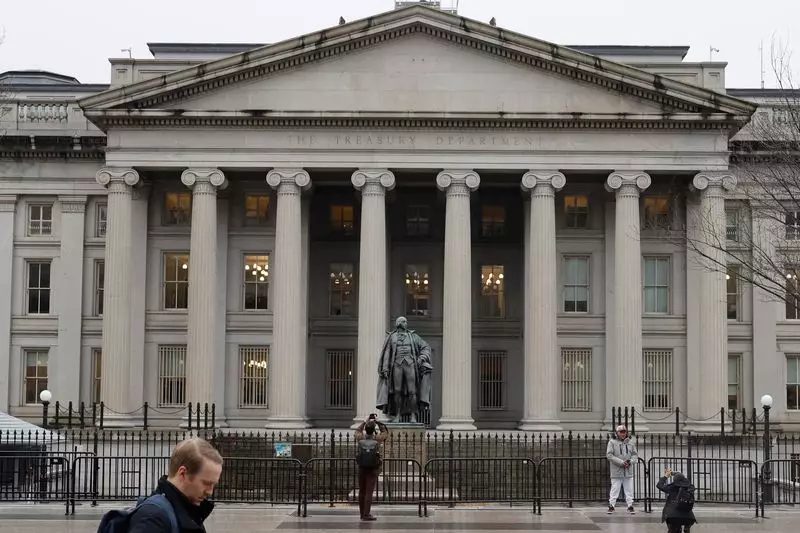The fiscal strategy of the United States stands at a critical juncture, with projected federal spending for the 2024 fiscal year reaching an astounding $6.8 trillion. However, the feasibility of implementing significant spending cuts appears bleak, hindered by both structural and political challenges. As analysts dissect these hurdles, the consensus suggests that meaningful reductions in federal expenditures, particularly in mandatory spending programs, are unlikely in the immediate future.
Mandatory spending constitutes the bulk of the federal budget, amounting to approximately $4.1 trillion for 2024. This category encompasses essential entitlement programs—Social Security, Medicare, and Medicaid—which are intrinsically linked to the welfare of millions of American citizens. Economists from Wells Fargo assert that these programs enjoy widespread support among the electorate, complicating any attempts to curtail benefits. Notably, Social Security and Medicare alone account for a combined expenditure of $2.3 trillion, a staggering figure that underscores the profound implications of any proposed cutbacks.
Additionally, the costs associated with Medicaid, along with support for veterans and retirement benefits, further inflate the mandatory spending total. Given the political ramifications of reducing these benefits, lawmakers face an uphill battle in fostering a consensus around austerity measures that could alienate critical voter demographics, particularly senior citizens.
Another significant element of federal finance is the burden of interest payments on the national debt, projected to reach $950 billion. Unlike discretionary spending that could be adjusted in accordance with political will, these interest payments are largely fixed and unavoidable. Any attempts to curtail these costs could potentially destabilize the financial markets, giving rise to a crisis that would overshadow any anticipated savings. This reality complicates the federal budgeting process, ambitious spending plans, and necessary fiscal reforms.
Discretionary spending, totaling around $1.8 trillion, offers limited room for adjustment. Within this segment, defense spending constitutes nearly half the allocation, reflecting a historical low of 3% of GDP in a volatile global environment. Analysts argue that reducing military expenditures is improbable given the current geopolitical tensions that necessitate robust defense spending. Additionally, non-defense discretionary spending for essential agencies, including NASA and the IRS, remains at historical lows, limiting options for significant cuts.
Federal employee compensation, representing less than 6% of overall expenses, fails to provide a substantial avenue for fiscal relief either. The concentration of federal jobs, especially within defense and homeland security sectors, further complicates potential reductions in this area.
Achieving substantial spending cuts necessitates congressional coordination, often requiring a demanding 60 votes in the Senate to pass any meaningful legislation. The political climate is rife with divisions, making consensus on spending reforms elusive. Although the presiding president has the authority to reverse certain executive actions, the potential savings are anticipated to be insignificant when juxtaposed against the projected $26 trillion deficit over the next decade.
While minor reductions in federal expenditures may emerge over the next few years, they are unlikely to be transformative in the grand scheme of U.S. fiscal policy. The combination of public sentiment, entrenched interests, and institutional obstacles suggests that the federal government will continue to grapple with its financial commitments, placing any significant overhaul of the budgetary process far into the future.

